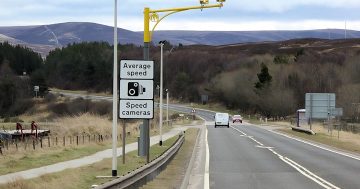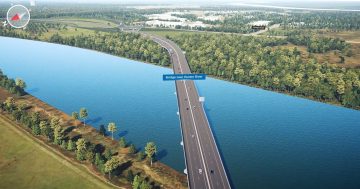 1. This week 10 years ago, a report from the National Health Performance Authority revealed the extent to which cost barriers were deterring people from accessing health services, finding there were 14 Medicare Local Catchment areas around Australia where 25 per cent or more of residents had delayed or avoided seeing a dentist in the previous year due to cost, with a further 32 areas where at least one in 10 residents had put off seeing a doctor or filling a prescription, or both.
1. This week 10 years ago, a report from the National Health Performance Authority revealed the extent to which cost barriers were deterring people from accessing health services, finding there were 14 Medicare Local Catchment areas around Australia where 25 per cent or more of residents had delayed or avoided seeing a dentist in the previous year due to cost, with a further 32 areas where at least one in 10 residents had put off seeing a doctor or filling a prescription, or both.
Chief Executive of the Authority, Dr Diane Watson said the percentage of adults with long-term health conditions varied from 34 per cent to 60 per cent, which suggested that Medicare Locals faced different challenges in ensuring health care was responsive to the needs of people in their area.
2. NSW Premier, Barry O’Farrell said Australia’s biggest public transport infrastructure project, the North West Rail Link, would cost $8.3 billion and deliver more than $35 billion in benefits to the State’s economy over several decades and was expected to be open to passengers by the end of 2019. Mr O’Farrell said the project was on track and on budget and the first of the tunnel-boring machines would be in the ground in 2014.
“Over the next year, the NSW Government’s massive infrastructure investment on the North West Rail Link includes awarding the tunnelling contract and buying and delivering the tunnel-boring machines, which will build Australia’s longest rail tunnels — 15 km of twin tunnels between Epping and Bella Vista,” Minister for Transport, Gladys Berejiklian said.
3. A report by the Victorian Environment Protection Authority (EPA) found that rain-washed nutrients and sediments from rivers were the biggest source of pollution in the Gippsland Lakes. Director of Knowledge, Standards and Assessment at the EPA, Annie Volkering said the report assessed 21 years of information, such as water quality reports and ecological assessments, to show how most of the nutrient and sediment loads originated from the five major rivers draining into the Lakes — the Latrobe, Avon, Mitchell, Tambo and Nicholson rivers — while saltwater entered the Lakes through the opening at Lakes Entrance.
“The report recommends a review of the State Environment Protection Policy, Waters of Victoria, which is now under discussion with stakeholders, including the Department of Environment and Primary Industries and the Gippsland Lakes Ministerial Advisory Committee,” Ms Volkering said.
4. Queensland Police Service Commissioner, Ian Stewart announced the rollout of new safety initiatives to reduce the State’s road toll, including a reduction in speed tolerances and publication of the State’s speed camera locations, beginning on 1 July. In 2012, there were 59 fatalities from crashes involving speeding drivers or riders within Queensland, representing 21 per cent of the road toll, while the toll for 2013 already stood at 138 in June — 16 more deaths than at the same time in the previous year.
“The road toll is unacceptably high,” Commissioner Stewart said. “Speeding kills and we will continue to enforce the speed limit to make our roads safer for all. We want all road users to take personal responsibility and join police in working to reduce the road toll.”
5. Also in Queensland, the Emergency Vehicle Priority (EVP) Project that interrupted traffic signals to provide green lights for emergency service vehicles won an industry award. The Department of Community Safety, in conjunction with Transport and Main Roads and Transmax, was awarded the Queensland 2013 iAward. Police and Community Safety Minister, Jack Dempsey said the technology enhanced the safety of both frontline officers and the community, while reducing travel time for ambulance and fire vehicles responding to an incident.
“The EVP project has been trialled around south-east Queensland for the past eight months and has already shown improvements in travel time of between 10 and 20 per cent along major routes,” Mr Dempsey said.
6. And a decade ago, the WA Department of Corrective Services began tracking sex offenders released back into the community using GPS devices and the 24-hour-seven-day monitoring hub at the newly established Electronic Monitoring Unit. Minister for Corrective Services, Joe Francis said the technology sent the offender’s location to the monitoring centre and an alarm was activated if they entered an exclusion zone or tried to tamper with the device, allowing monitoring staff to alert police if necessary.
“GPS monitoring will be reviewed to assess its effectiveness and its potential use on other high-risk criminals such as arsonists and domestic violence offenders,” Mr Francis said.







